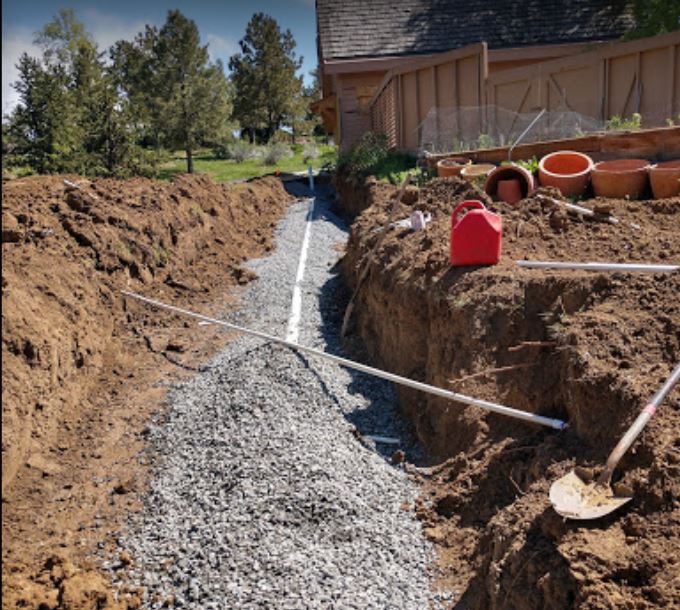Sewer line repairs are a critical component of maintaining a home’s sanitation system. Over the decades, technological advancements have introduced new methods, offering homeowners a range of choices when facing a repair. One of the most significant decisions homeowners face is choosing between traditional trenching and modern trenchless repairs. Both have their advantages and specific scenarios where they shine. But which is right for you? Let’s delve deep into both methods to help you make an informed decision.
Traditional Trenching: An Age-old Method

Believe it or not, the origins of trenching for sewer line repairs can be traced back to the Roman Empire. Even with thousands of years of technological progression, we still find situations where digging a trench is the best approach.
Pros:
- Comprehensive Repair or Replacement: Trenching allows for a thorough examination of the entire sewer line, ensuring that no damaged spots are missed. If a line is severely compromised, sometimes the best option is to replace it entirely, and trenching makes this possible.
- Accessibility: In areas with site-specific characteristics or where more modern machinery can’t be used, traditional digging with manual power remains a reliable method.
Cons:
- Disruption: Trenching can disrupt lawns, gardens, and driveways. This means potential landscape repair costs and time invested in restoring the affected area.
- Time-Consuming: As trenches require manual excavation, the process can be lengthier compared to trenchless methods.
Modern Trenchless Repair: The Evolution of Sewer Repairs
Trenchless sewer line repair is a less invasive method that’s been gaining popularity due to its minimal disruption and advanced technologies.
Pros:
- Minimal Landscape Disruption: Since there’s no need to dig up large portions of your property, your esthetically pleasing garden, pool area, or driveway remains largely untouched. This often results in cost savings on landscape restorations.
- Time Efficiency: Trenchless methods are typically faster as they eliminate the need for extensive digging.
- Versatility: Even when a part of the piping needs replacement, trenchless repair can be effective. Special cameras allow professionals to view the damage and address it without tearing up your property.
Cons:
- Not Always Possible: There are situations where trenchless methods might not be feasible due to the extent of damage or location-specific constraints.
- Initial Costs: Trenchless repairs might have higher initial costs because of the specialized machinery and technology involved, but they could save money in the long run due to reduced restoration needs.
Making Your Decision: Trench vs. Trenchless

When deciding between trench and trenchless methods, consider the following:
- Extent of Damage: If your sewer line is extensively damaged, trenching might be the most effective solution. On the other hand, minor damages can often be addressed with trenchless methods.
- Location and Landscape Concerns: If preserving your landscape is a top priority, trenchless might be your best bet, assuming the damage and location allow for it.
- Budget: While trenchless might have higher upfront costs, remember to factor in potential savings from not needing landscape restoration.
Remember, each situation is unique. It’s essential to consult with professionals, like those at Colorado Excavating, to evaluate your sewer line’s condition and determine the best method for your specific needs.
In conclusion, both trench and trenchless methods offer viable solutions for sewer line repairs. Understanding the pros and cons of each can help you make an informed decision, ensuring your home’s sewer system remains functional and your property remains as intact as possible.
